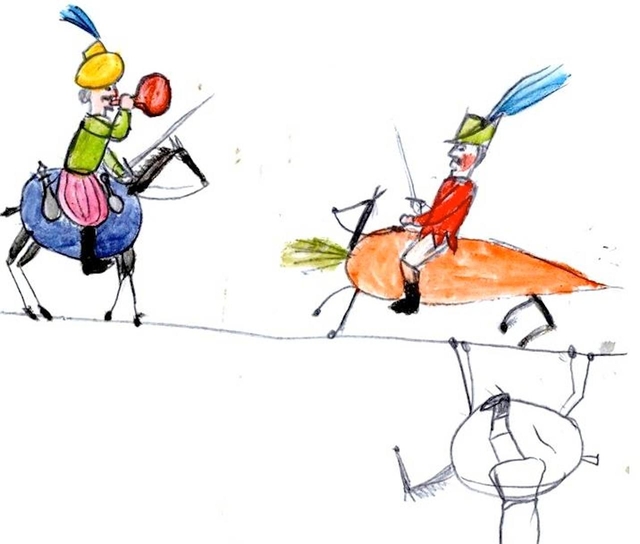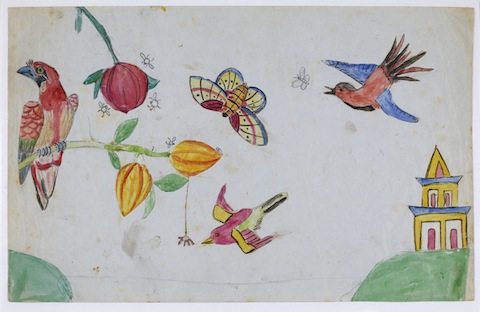If you get into a conversation with an Orson Welles enthusiast, try not to mention frozen peas. By now, even those who barely know Welles’ work — those who’ve barely seen Citizen Kane or heard War of the Worlds, let alone The Magnificent Ambersons or F for Fake — chuckle at the fact that, in the twilight of his career, the actor-auteur took on such theoretically easy-money jobs as presenting an “instructional film” on gambling for Caesars Palace and narrating a series of British television commercials for Swedish frozen-food giant Findus. But even in humble contexts like these, Welles, as his aforementioned fans would surely admit, could make headaches for his employers. The Findus people, with whose director and copywriter Welles apparently didn’t see eye-to-eye, would soon find this out — as would every listener to the uncut recordings from that unhappy day in the studio.
At the top, you can hear that very audio and watch it animated by Neil Williams. He visualizes Welles’ consternation in the face of the director’s request to emphasize the word “in” (“there’s no known way of saying an English sentence in which you begin a sentence with ‘in’ and emphasize it”) while pitching those frozen peas. And then there’s Welles’ objection to the difficult-to-enunciate “crumb crisp coating” on Findus fish sticks, and his blowup over how many times to say “beef” when describing their hamburgers as well. Veteran voice actor Maurice LaMarche, who has no doubt labored even longer in recording booths than Welles did, won an early burst of fame with his uncanny impression of Welles. When he used a version of that voice for The Brain, the Animaniacs’ dour, world-domination-minded cartoon mouse, the idea for a frozen peas parody sketch, which you can watch above, must have suggested itself.
Related Content:
Orson Welles Teaches Baccarat, Craps, Blackjack, Roulette, and Keno at Caesars Palace (1978)
Orson Welles Narrates Plato’s Cave Allegory, Kafka’s Parable, and Freedom River
The Hearts of Age: Orson Welles’ Surrealist First Film (1934)
Orson Welles’ The Stranger: Watch The Full Movie Free Online
Colin Marshall hosts and produces Notebook on Cities and Culture and writes essays on literature, film, cities, Asia, and aesthetics. He’s at work on a book about Los Angeles, A Los Angeles Primer. Follow him on Twitter at @colinmarshall.




